 01 April 2025
Florida’s Space Coast
01 April 2025
Florida’s Space Coast
...point for Apollo lunar exploration and Space Shuttle missions to the International Space Station. Those who have visited... concludes with what the author terms the “privatization of the Shuttle” in 1997, and thereby misses the developments of the early...
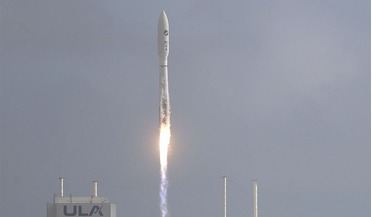 18 May 2020
Mystery US X-37B spaceplane makes its sixth flight
18 May 2020
Mystery US X-37B spaceplane makes its sixth flight
... and echoes this design by taking off vertically and landing horizontally on a runway. However unlike NASA’s space shuttle, the X-37B is solar-powered allowing it to remain in orbit for considerably long periods of time. “We’ve learned a lot from...
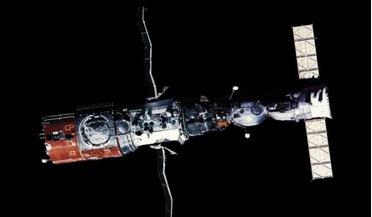 August 2016
Fireflies and saucers
August 2016
Fireflies and saucers
...turned the lights back on and finished their work. Another ‘incident’ occurred on 21 October 1995 on board US Space Shuttle Columbia during its STS-73 mission. “We have an unidentified flying object”, joked mission specialist Catherine ‘Cady’ Coleman...
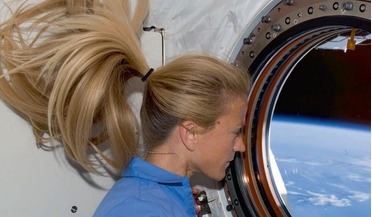 July 2014
Life without weight
July 2014
Life without weight
Astronaut Karen Nyberg looks through a window in the newly installed Kibo laboratory of the International Space Station while Space Shuttle Discovery is docked with the station (NASA June 2008)
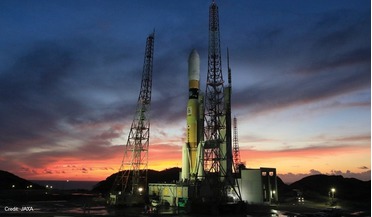 October 2015
Japan’s H-IIA rocket: beautiful, accurate, and on-time
October 2015
Japan’s H-IIA rocket: beautiful, accurate, and on-time
... board, however. A reusable rocket is planned, building on advances made in the past few decades. In the 1970s, the Space Shuttle developers considered the repeat use of a vehicle to reduce the cost of transportation. The orbiter and solid rocket...
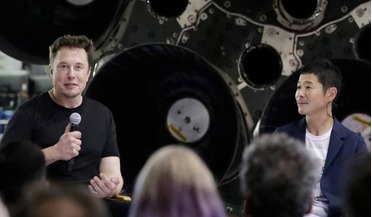 18 September 2018
First Moon tourist for SpaceX unveiled as Japanese billionaire
18 September 2018
First Moon tourist for SpaceX unveiled as Japanese billionaire
... the BFR might look like and its design resembles a much larger version of the now redundant space shuttles, with fins rather than rocket boosters attached to the rear. With a cost for the BFR development...